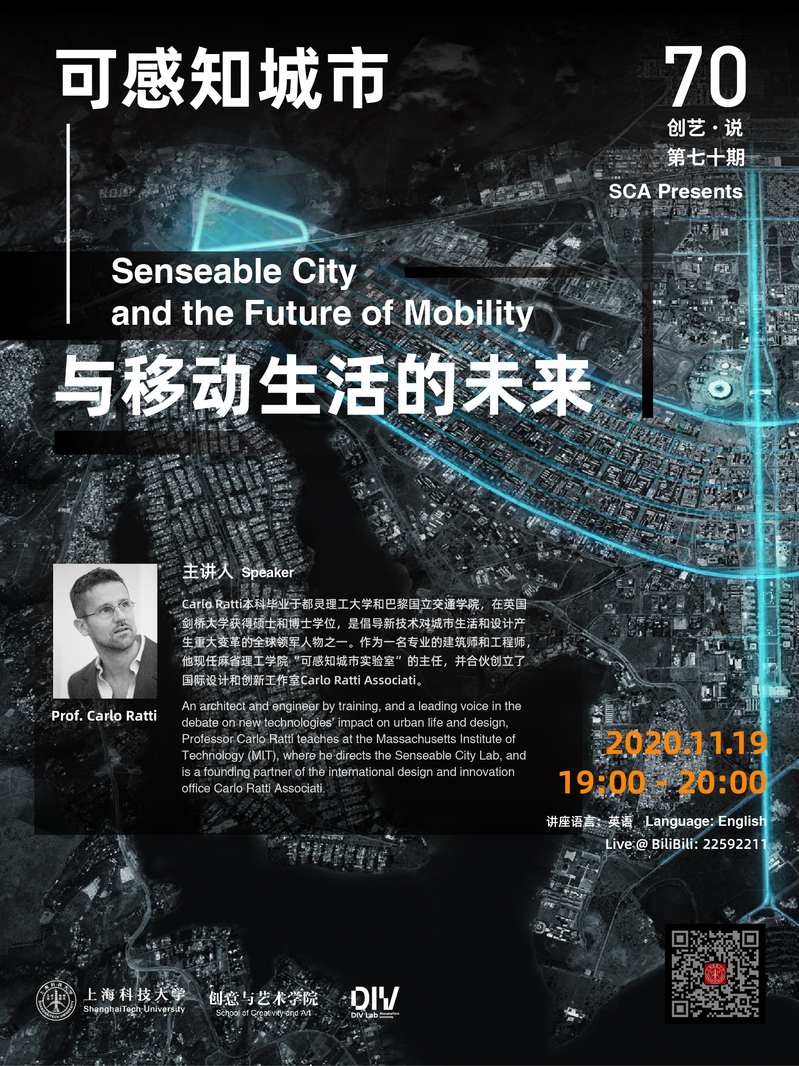
The way we live, work, and play is very different today than it was just a few decades ago, thanks in large part to a network of connectivity that now encompasses most people on the planet. In a similar way, today we are at the beginning of a new technological revolution: the Internet is entering the physical space – the traditional domain of architecture and design – becoming an “Internet of Things” or IoT. As such, it is opening the door to a variety of applications that – in a similar way to what happened with the first wave of the Internet - can encompass many domains: from energy to mobility, from production to citizen participation. The contribution from Prof. Carlo Ratti will address these issues from a critical point of view through projects by the Senseable City Laboratory, a research initiative at the Massachusetts Institute of Technology, and the design office Carlo Ratti Associati.
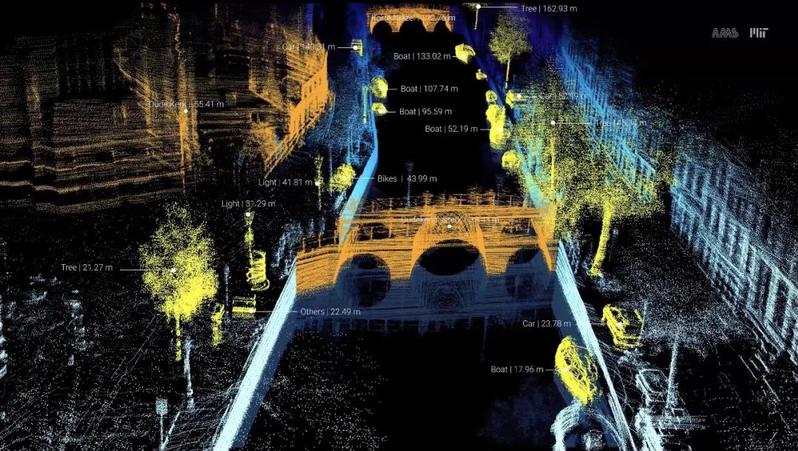
Amsterdam canal, ROBOAT project
Date & Time
Nov 19, 2020
19:00-20:00
Language
English
Virtual Venue
ZOOM
ZOOM ID Available to ShanghaiTech Community Only, Please Check Your ShanghaiTech Email
Live @ Bilibili:22592211
Speaker
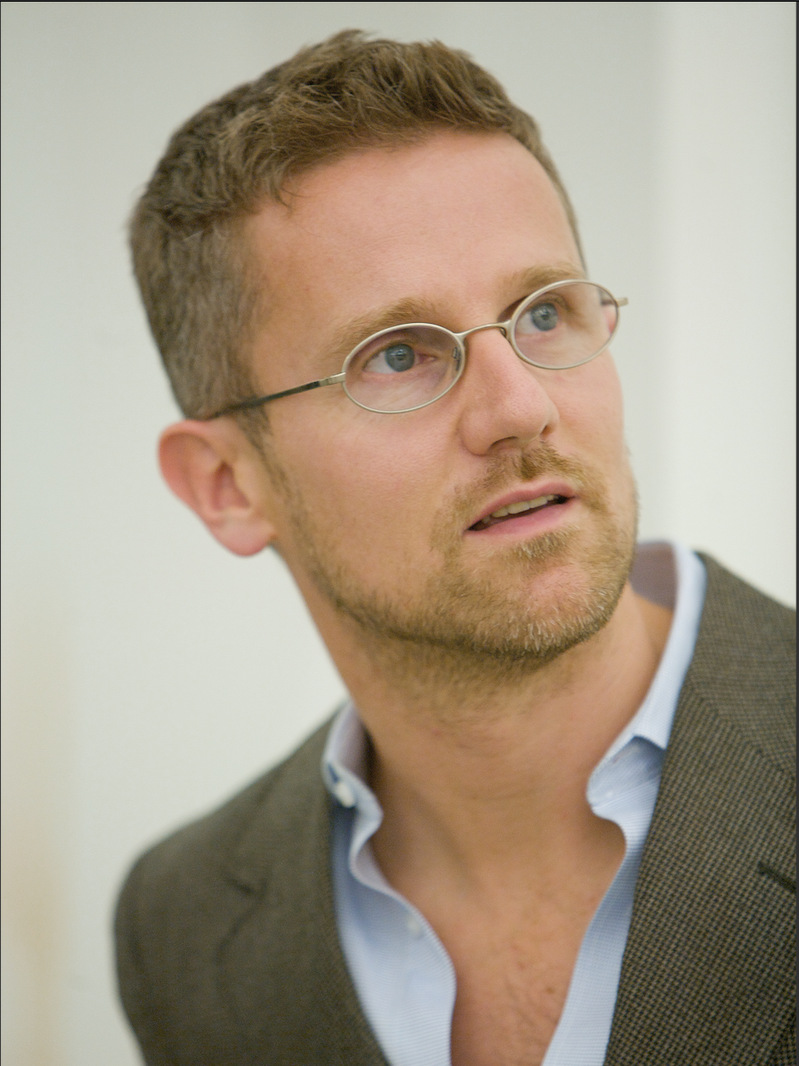
Prof. Carlo Ratti
An architect and engineer by training, Professor Carlo Ratti teaches at the Massachusetts Institute of Technology (MIT), where he directs the Senseable City Lab, and is a founding partner of the international design and innovation office Carlo Ratti Associati. He graduated from the Politecnico di Torino and the École Nationale des Ponts et Chaussées in Paris, and later earned his MPhil and PhD at the University of Cambridge, UK.
A leading voice in the debate on new technologies’ impact on urban life and design, Carlo has co-authored over 500 publications, including The City of Tomorrow (Yale University Press, with Matthew Claudel), and holds several technical patents. His articles and interviews have appeared on international media including The New York Times, The Wall Street Journal, The Washington Post, Financial Times, Scientific American, BBC, Project Syndicate, Corriere della Sera, Il Sole 24 Ore, Domus. His work has been exhibited worldwide at venues such as the Venice Biennale, the Design Museum Barcelona, the Science Museum in London, MAXXI in Rome, and MoMA in New York City.
Carlo has been featured in Esquire Magazine’s ‘Best & Brightest’ list and in Thames & Hudson’s selection of ‘60 innovators’ shaping our creative future. Blueprint Magazine included him as one of the ‘25 People Who Will Change the World of Design’, Forbeslisted him as one of the ‘Names You Need To Know’ and Fast Company named him as one of the ‘50 Most Influen-tial Designers in America’. He was also featured in WiredMagazine’s ‘Smart List: 50 people who will change the world’. Three of his projects – the Digital Water Pavilion, the Copenhagen Wheel and Scribit – have been included byTIME Magazine in the list of the ‘Best Inventions of the Year’.
Carlo has been a presenter at TED (in 2011 and 2015), program director at the Strelka Institute for Media, Architecture and Design in Moscow, curator of the BMW Guggenheim Pavilion in Berlin, and was named Inaugural Innovator in Residence by the Queensland Government. He was the curator of the Future Food District pavilion for the 2015 World Expo in Milan and chief curator of the ‘Eyes of the City’ section at the 2019 UABB Biennale of Architecture and Urbanism of Shenzhen. He is currently serving as co-chair of the World Economic Forum’s Global Future Council on Cities and Urbanization.
Select Projects
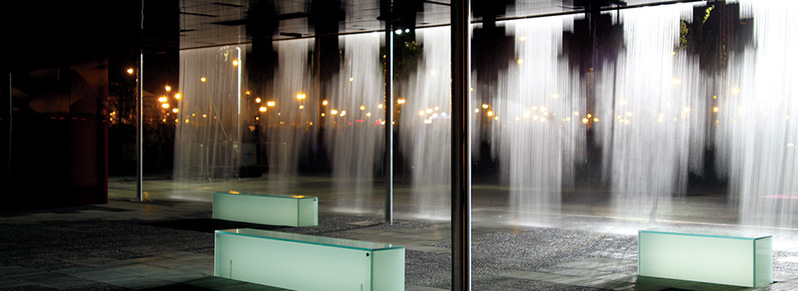
Digital Water Pavilion (2008)
The Digital Water Pavilion is an interactive structures made of digitally-controlled water curtains, built at the entrance of the 2008 Expo in Zaragoza. What was office space for tourism during the event in 2008 now houses a cafe and an info-box on the Milla Digital project. The challenge was to use water – the theme of Expo 2008 – as an architectural element. The walls are composed of digitally controlled water droplets, which can generate writing or patterns or access to spaces. The result is a space that is interactive and reconfigurable in that each wall can potentially become an entrance or exit, while the internal partitions can shift depending on the number of people present. The only material elements are the two boxes and the roof, which is a sort of curtain that can move vertically and flatten to the ground, removing the presence of the entire pavilion.
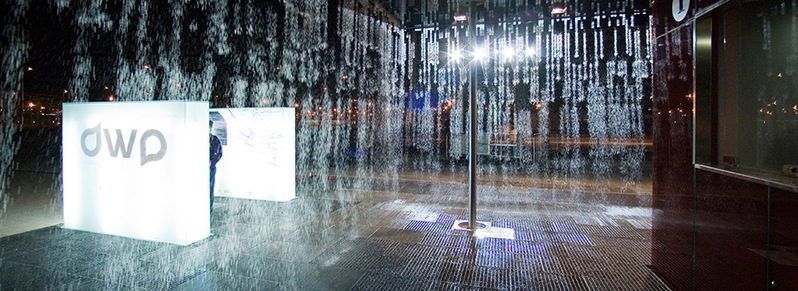
The Cophenhagen Wheel (2009)
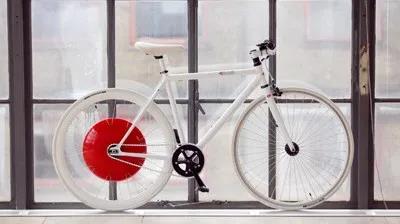
Smart, responsive and elegant, the Copenhagen Wheel is a new emblem for urban mobility. It transforms ordinary bicycles quickly into hybrid e-bikes that also function as mobile sensing units. The Copenhagen Wheel allows you to capture the energy dissipated while cycling and braking and save it for when you need a bit of a boost. It also maps pollution levels, traffic congestion, and road conditions in real-time. Controlled through your smart phone, the Copenhagen Wheel becomes a natural extension of your everyday life. You can use your phone to unlock and lock your bike, change gears and select how much the motor assists you. As you cycle, the wheel’s sensing unit is also capturing your effort level and information about your surroundings, including road conditions, carbon monoxide, NOx, noise, ambient temperature and relative humidity. Access this data through your phone or the web and use it to plan healthier bike routes, to achieve your exercise goals or to meet up with friends on the go.
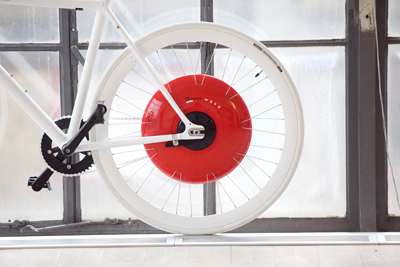
http://senseable.mit.edu/copenhagenwheel/
Scribit(2018)
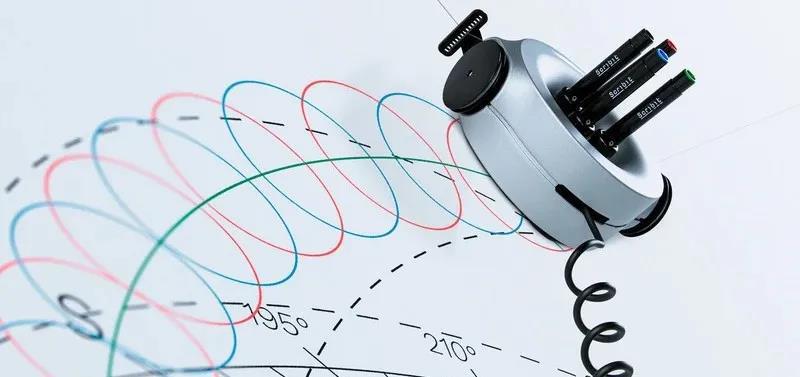
The Scribit is known as a write and erase robot, as this robot not only writes on your wall, but also helps in erasing anything that is on the wall already, and that’s for those with OCD, people who mostly like everything to be neat and clean, but for the messed up ones, there is the draw option. Scribit uses four markers simultaneously, and erases with the help of a special ink that vanishes with heat. So that wasn’t such a rocket science, most part of its working is simple logic. Like what device can draw on a wall? Obviously a marker, for the erasing part there has been some innovations with the introduction of an ink, which vanishes when exposed to heat, and works like any magician whipping out a text like it wasn’t there ever, which is one of the best feature of scribit, making it stand out strong in the market with its competitors, because drawing something is pretty easy, but erasing it is what makes it a complete product.
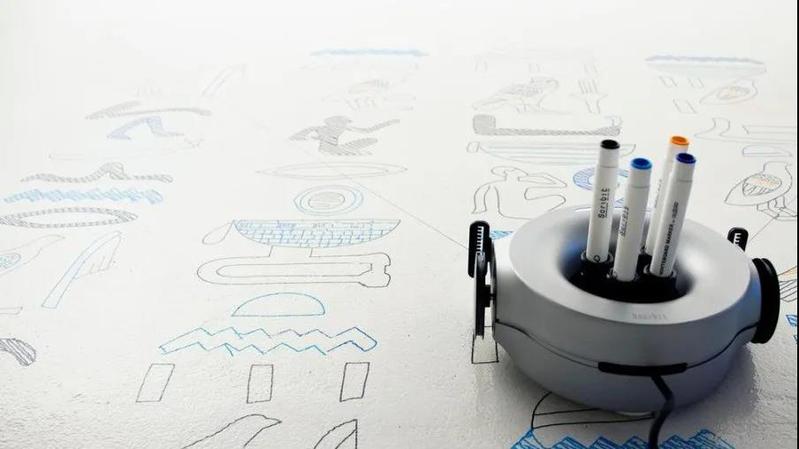
https://carloratti.com/project/scribit/
Roboat (2020)
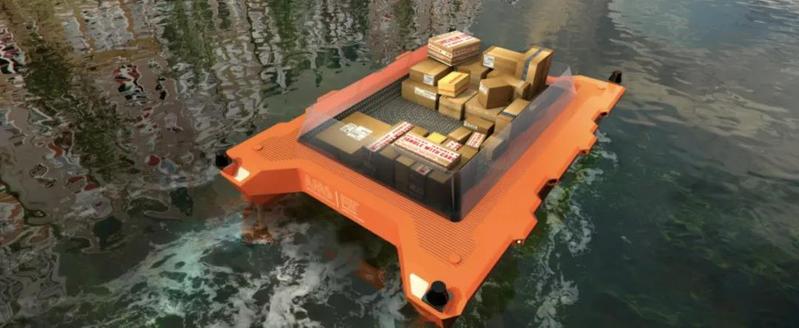
Roboat is the world’s first major research program on autonomous floating vessels in metropolitan areas, scheduled to last five years from 2016. It allows for creating dynamic infrastructures, transportation of goods and people, and environmental sensing on Amsterdam’s canals. The project allows for innovations in various domains, stands strong with top research and knowledge expertise and receives univocal support. Areas of innovation are for instance assembly, sensing and waste removal.

http://roboat.org/
CURA(2020)
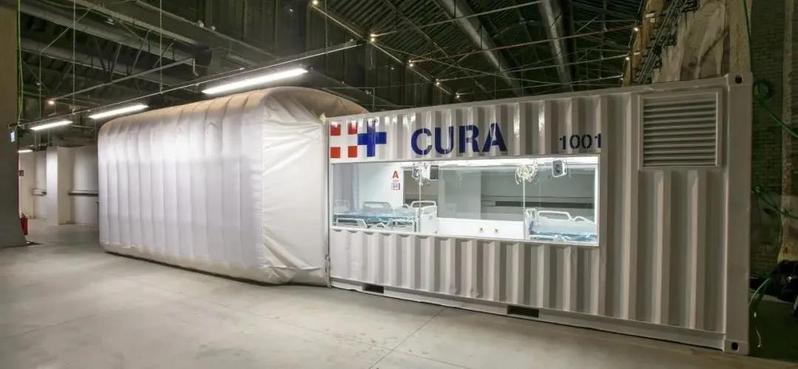
CURA (acronym for “Connected Units for Respiratory Ailments” and also “Cure” in Latin) proposes a quick-to-deploy solution to expand emergency facilities and ease the pressure on healthcare systems treating patients infected by coronavirus. CURA strives to be as fast to be mounted as a hospital tent, but as safe as a regular isolation ward to work in. The first CURA pod has been installed on April 19th, 2020 at a new temporary hospital set up in Turin, northern Italy.
https://carloratti.com/project/cura/
DIV Lab


